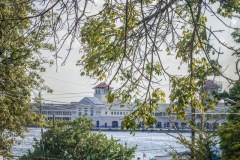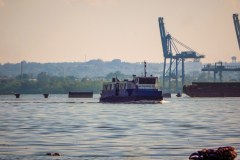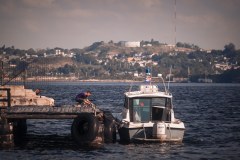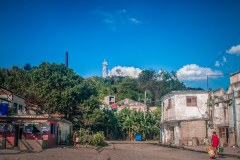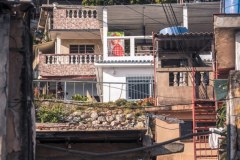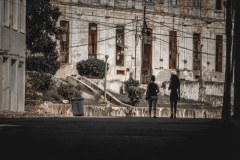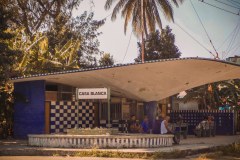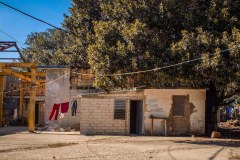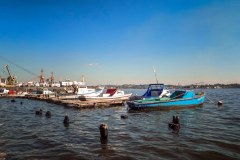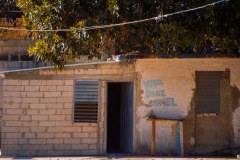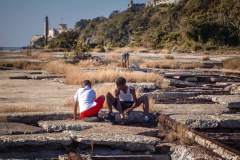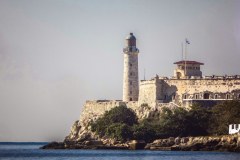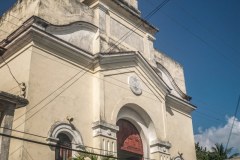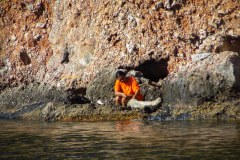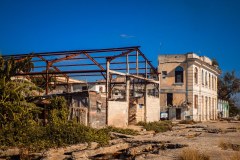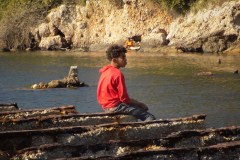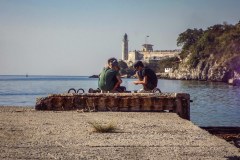CASA BLANCA, Havana
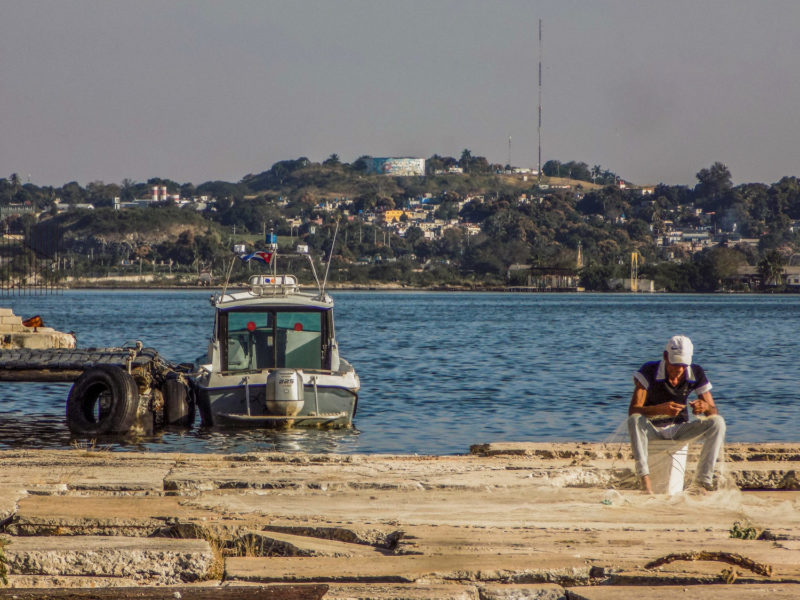
Photo Feature by Idania Cardenas
HAVANA TIMES – Since the 16th century, in Casa Blanca, across the bay from downtown Havana, a storage facility was built to keep items that could not fit in the warehouses of the city. According to tradition, that building was always painted white. It is on the southern slope of the La Cabaña fortress that Spain’s Royal Treasury built these warehouses for storing surplus items that could not fit in those constructed in the city.
As the warehouses were painted white, which was very unusual for this type of building, the locals and workers would tell the boatman, “Take me to the White House.” Through constant use and custom, the area became permanently known as Casa Blanca, and the name has endured to this day. In Havana, it is commonly pronounced as “Casablanca,” though written texts refer to it as Casa Blanca.
A fire reduced everything to ashes in 1785. By 1792, the settlement had grown again, and the shipbuilder Jose Tiscornia built the dock and a careening place for smaller ships. Following his example, other shipbuilders joined in, resulting in the entire western part of the coastline being covered with timber wharves supported by sturdy posts. The government’s navy followed suit, adding a warehouse and a careening place for coastguard ships, and a gunpowder factory was established.
Overlooking Havana from the hill of Casa Blanca, the Christ statue gazes down upon us. A call for submissions was made to create the statue, and Jilma Madera’s project was selected. The statue was carved out of white marble brought from Carrara, Italy, a region where the marble is among the best in the world. On Christmas Day, December 25, 1958, the Christ of Havana statue was unveiled. With its fifteen meters in height and a three-meter pedestal, the Christ of Havana, with its mixed expression in its face and form, has become one of the symbols of Havana. It is a record of nights and days over the sea, a song between love and faith, faith and life.
This town, located to the east of the entrance to Havana Bay, which was initially a site for carpenters and sailors involved in commercial activity, is full of fascinating stories: battles for the defense of the city during the British capture of Havana in 1762, anti-slavery and independence uprisings and conspiracies in the 19th century, union struggles in the 20th century, and much more.

